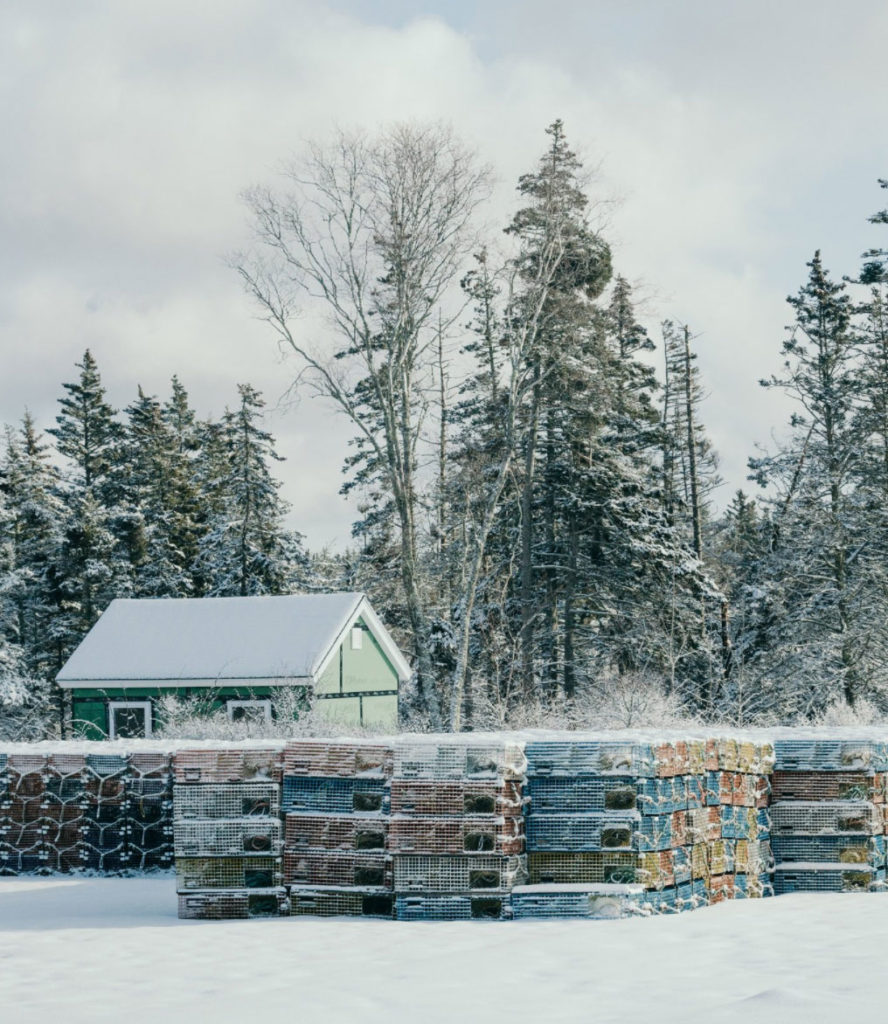Katharine Q. Seelye / New York Times
On remote islands off the coast of Maine, small bands of residents stay through the long winter. They embrace the emptiness and a frontier sensibility.
The snow had begun falling overnight, and fell throughout the day, draping the towering pines and the lobster traps, stacked up on land for the winter, in blankets of white.
Still, Sharon Daley, a nurse from the visiting vessel Sunbeam, which provides medical care to remote islands off the coast of Maine, made her appointed rounds. She forged a path in knee-high rubber boots to the home of Bill Hoadley, who is, at 80, this island’s oldest resident.
She checked his blood pressure, which she pronounced “so good, it’s boring.” She listened to his heart, which was ticking just fine, almost in rhythm with his many clocks. Mr. Hoadley is something of a clock aficionado, and he keeps his timepieces on daylight saving time, which in winter is an hour ahead of everyone else.
Why?
“Because I can,” the impish Mr. Hoadley declared from his nautically themed front parlor.
Being able to do exactly as he pleases — and have health care come to him — are big reasons Mr. Hoadley stays here, 22 miles out in the North Atlantic.
Mr. Hoadley, who has lived the past 30 years on the island, is part of a band of devoted denizens who would not live anywhere else.
The rocky sea islands reflect Maine’s independent character. They are steeped in rich history and are cherished by the many Down Easterners who visit in the summer. But the band of full-time residents has diminished.
The number of Maine islands where people live year-round has dwindled to just 15 today, from a high of about 300 a century ago. This winter, only 20 people are living on Matinicus.
State agencies and nonprofit organizations have tried to stem the loss of year-round populations by giving islanders guarantees of a certain number of lobster licenses, grants for affordable housing, and upgrades to their internet speed.
The populations of the islands closest to mainland towns have increased in recent decades. But the more remote outer islands, like Matinicus, have struggled.
Still, for some people, the remoteness is the appeal.
read more


